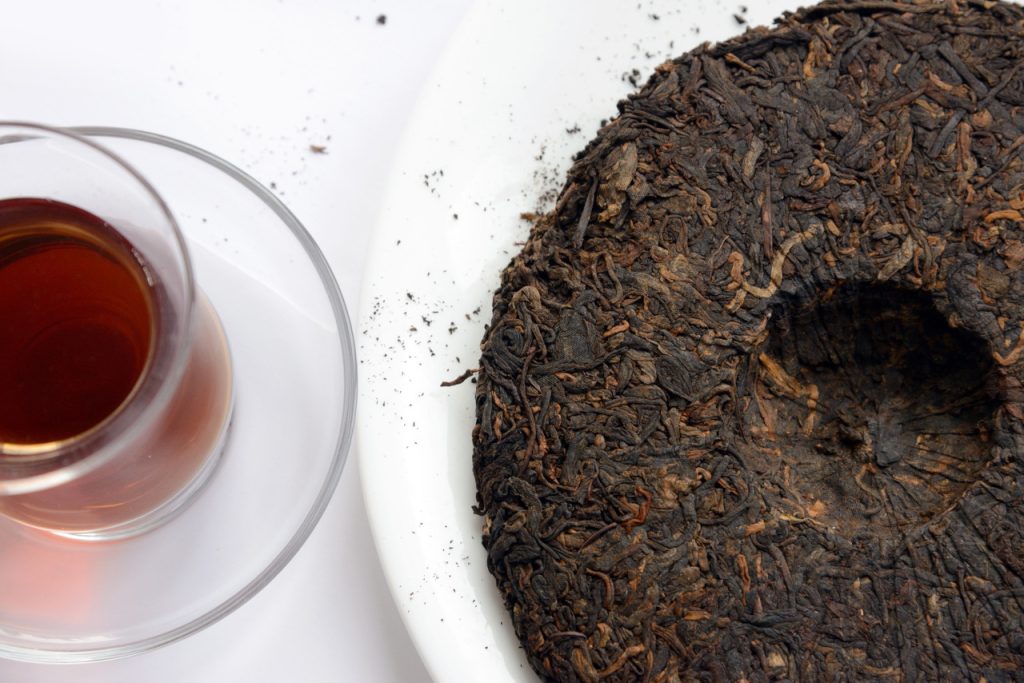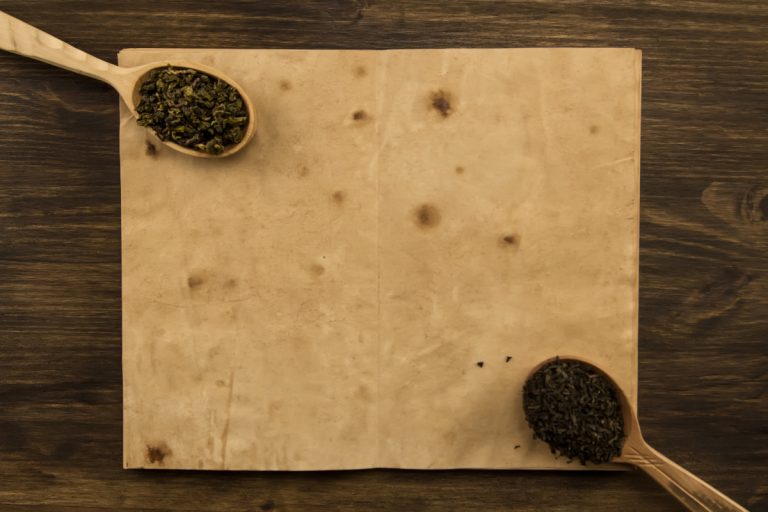Oolong and pu’er tea offer a wide selection of styles and flavor profiles, and there is bound to be something for everybody in each of these categories.
This article is intended as a comparison between these two types of tea.
Table of Contents
Oolong Tea
With the oolong tea category encompassing such a wide variety of flavors, it can be hard to describe what exactly oolong tea tastes like.
To put it simply, it is sort of in between black and green tea, but which end of the spectrum the oolong tea is on depends upon which processing techniques are applied to the tea.
Many of the traditional styles were oxidized, roasted, and darker in color, while nowadays, ‘Jade’ oolong teas are becoming increasingly popular.
Oolong tea requires rather intensive processing when compared to other types of tea, which is why quality oolong tea can be expensive.
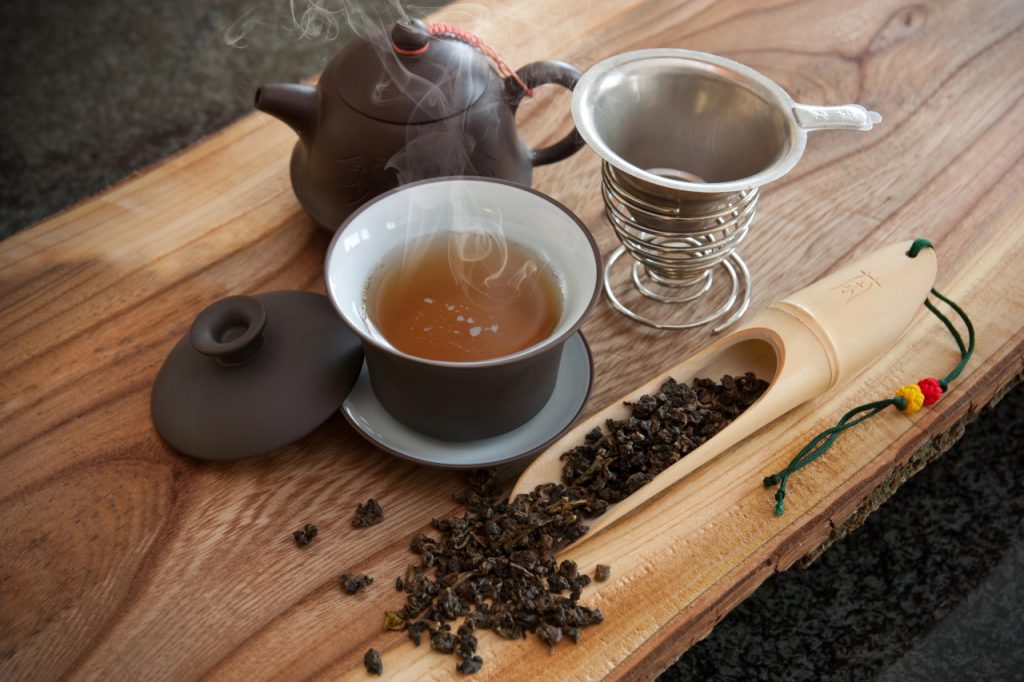
Dark Oolong Teas
Roasted oolong teas have darker flavors.
They can range from fruity, to floral, but ultimately are more similar to a black tea than a green tea.
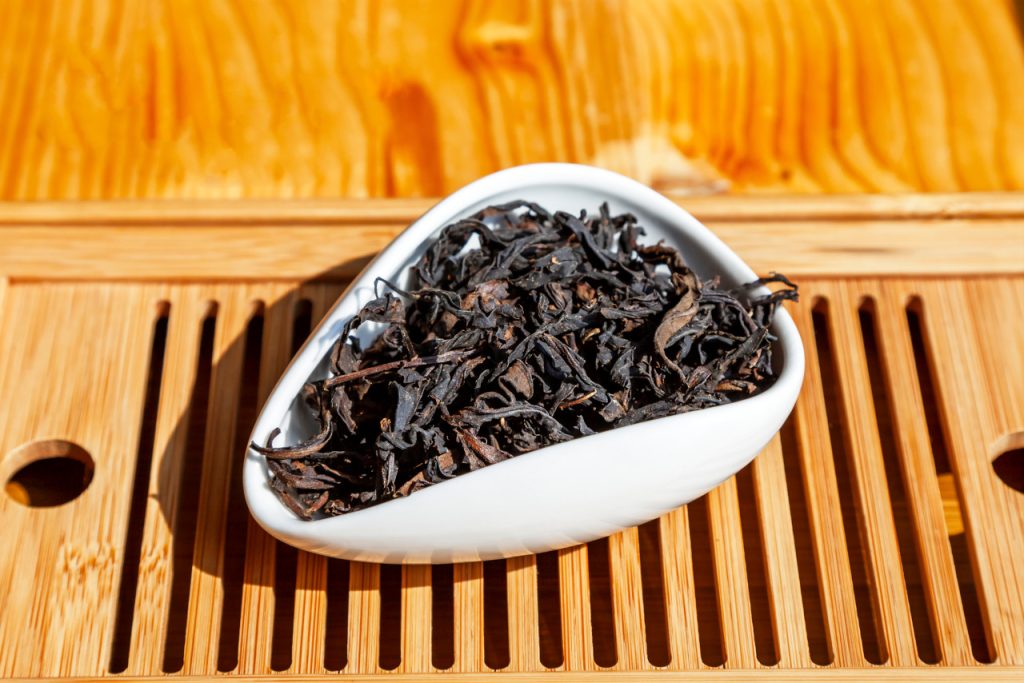
Jade Oolong Teas
Jade oolong teas are typically very aromatic, with notes of sweet flowers and green vegetation.
In contrast to dark oolong teas, jade oolong teas are often more similar to green teas than black teas.
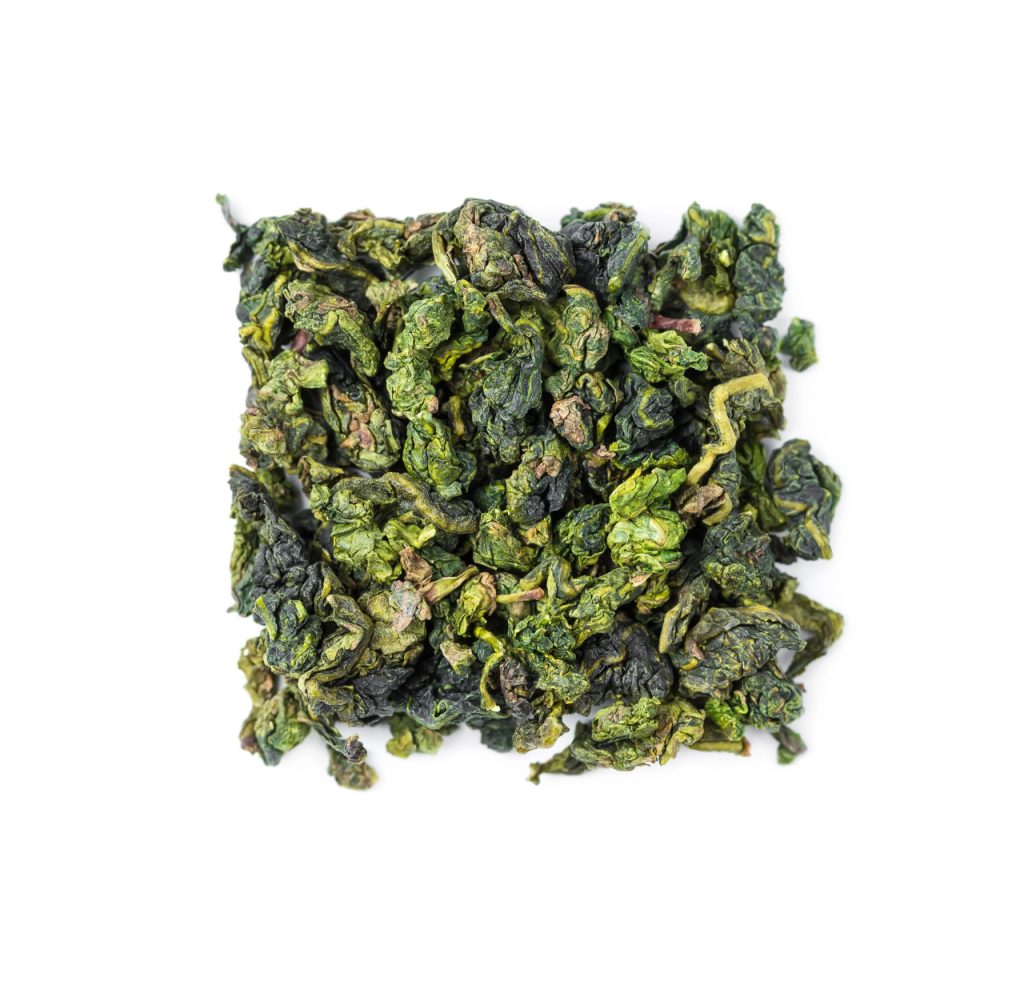
Pu’er Tea
Pu’er teas are a far less processed than teas within the oolong category.
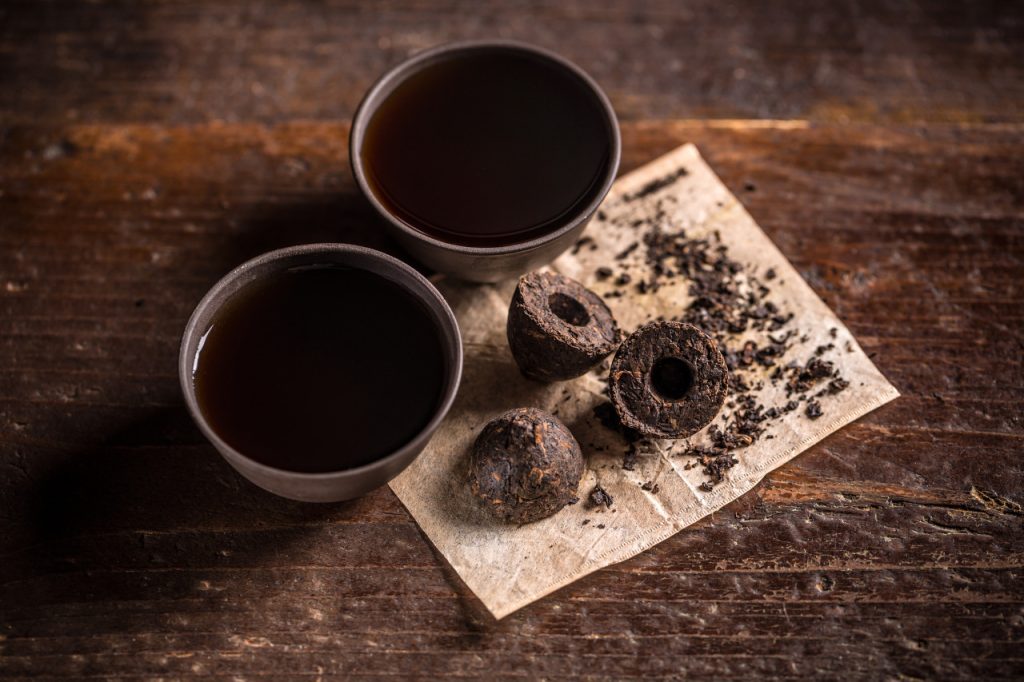
Sheng Pu’er Tea
When sheng pu’er tea is young, it is probably most similar to a green tea, full of bright floral and fruit notes, but it is definitely unique in it’s own right.
However, as sheng pu’er tea ages, it naturally becomes darker and more it’s flavor becomes more like a black tea, although the flavor is definitely different than a black tea.
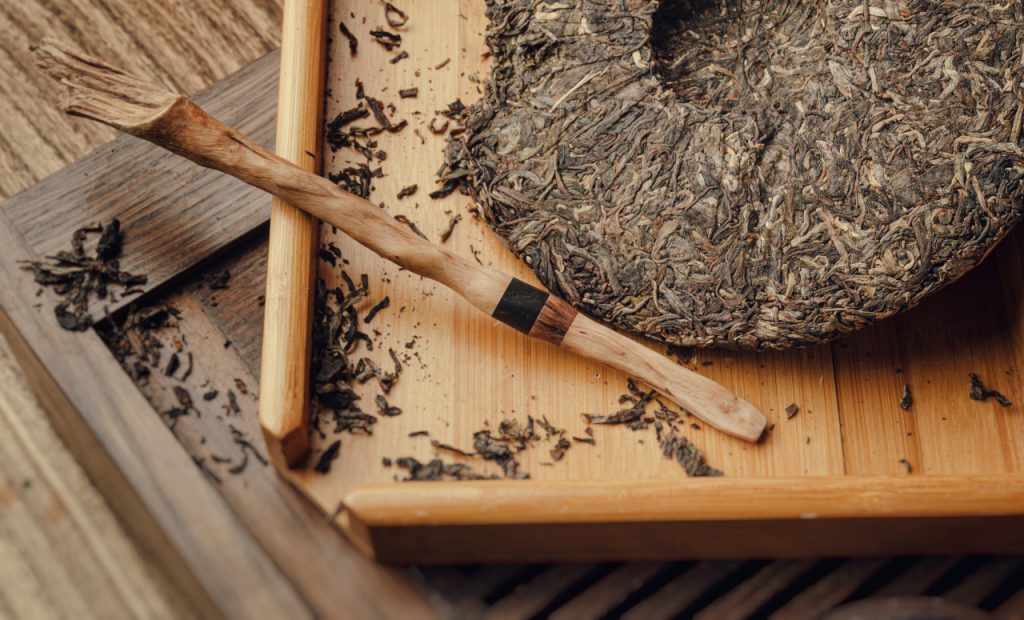
Shu Pu’er Tea
Shu pu’er tea is wet-piled and fermented, in order to simulate what happens to sheng pu’er due to natural aging.
One advantage of shu pu’er is that it can offer similar flavors as a traditionally aged sheng pu’er tea, but with a much lower price tag.
It was made popular by companies such as the Menghai Tea Factory and the Kunming Tea Factory.
